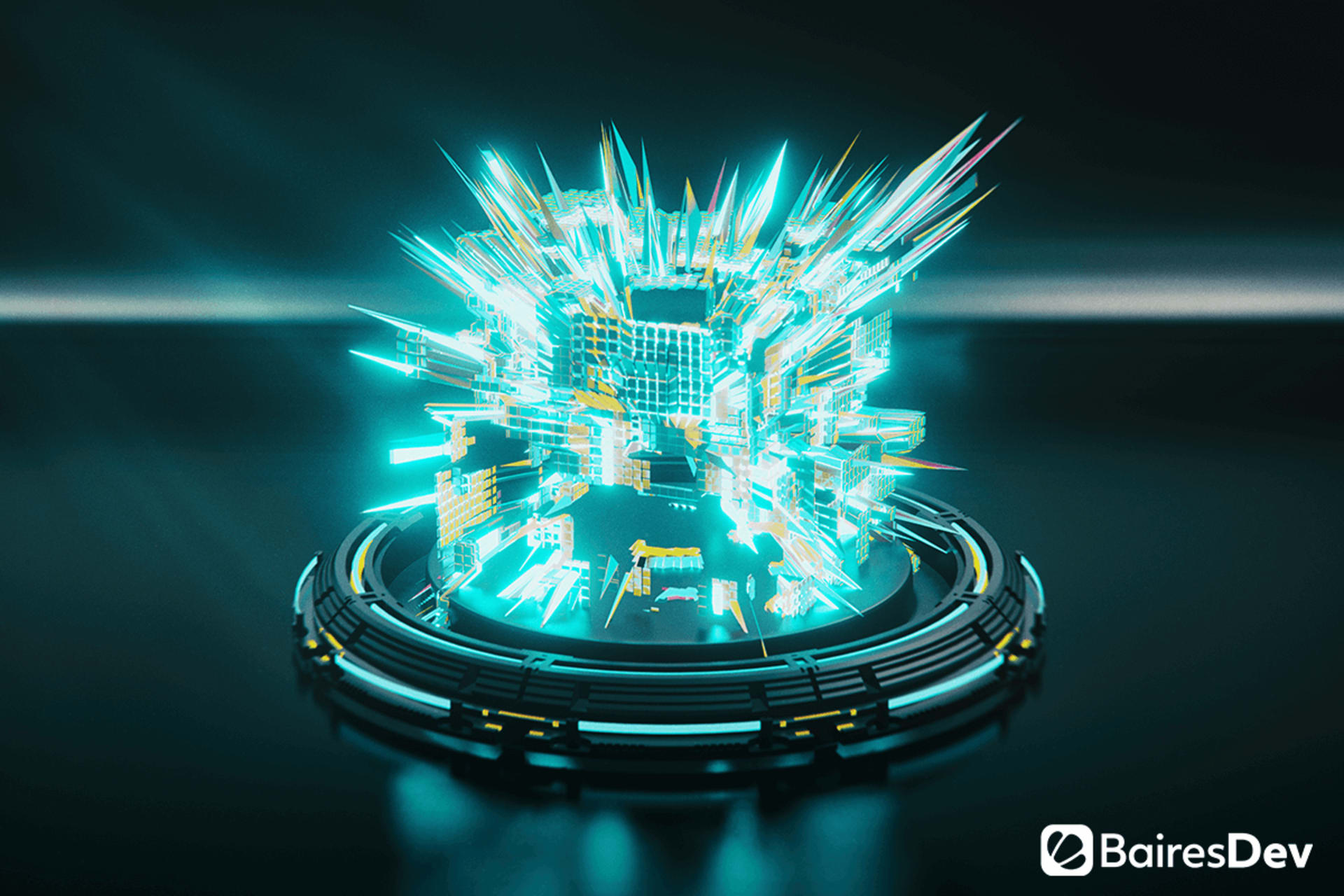When Bitcoin changed the way people and businesses exchange money back in 2009, blockchain made a name for itself as a powerful, secure, and efficient technology. The decentralized ledger is immutable, allowing for safe transactions performed quickly with no central authority processing them. Each encrypted block contains information about the transaction, and it’s virtually impossible to change that information because doing so would disrupt the entire chain.
While blockchain was once seen solely as the force behind cryptocurrency, it’s already disrupting numerous other industries and many unique sectors. In fact, it’s now poised to change the very face of business and the exchange of data. There are plenty of opportunities for blockchain to affect a wide array of industries. Here are some of them.
1. Banking and Finance
Banking and finance are the most obvious areas in which blockchain development is changing. Cryptocurrency, as we’ve touched on, allows for cost-effective, speedy, and secure monetary exchanges. It can also give more opportunities to people with limited access to banking. But blockchain has implications across Fintech.
For example, it could eliminate the need for human brokers and traders, facilitating stock purchases and sales, which would mean more efficient trading in general. In addition, because transactions require no intermediary, payments can be processed more quickly and without unnecessary fees, whether the transaction is taking place with a business or between peers.
2. Healthcare
Blockchain has myriad applications in the healthcare sector. For starters, if a patient visits multiple medical providers, these professionals can transfer the records and healthcare history securely, quickly, and easily. This is much more efficient and safe than paper records. Through a network of healthcare practitioners around the world, data can be made available no matter where the patient is.
Blockchain also has implications for research. It provides an efficient channel for collaborating, sharing results, and speeding up the overall process. Because each block contains information including the owner’s identity, results can easily be traced and backed up.
3. Cybersecurity
Each block in the blockchain is encrypted, and altering one item will disrupt the entire chain. This provides a secure means of storing data and information and makes hacking extremely difficult. Therefore, blockchain could be a game-changer when it comes to cybersecurity, offering a way to safeguard important data across many channels.
4. Voting and Politics
Thanks to blockchain, voting fraud could be made obsolete. People could cast their votes using the technology, which would create an immutable record with a traceable, verified identity behind each ballot. Blockchain could also provide a secure system for registering voters and ultimately providing the verified results of an election.
5. Supply Chain
A supply chain has many components and complex pieces that must work in harmony with one another. Keeping track of inventory, shipments, transportation, and other parts requires an organized system, and blockchain can play a big role. Using the distributed ledger, anyone involved with any stage in the process can view previous activity, such as tracing where a shipment originated and where it is at the moment.
6. Insurance
Given that insurance is a system that requires the safe management of sensitive, personal data, the industry is ideal for implementing blockchain. Not only can it allow for the safe transmission of information, but it can also be used for verification purposes, such as checking the insured person’s identity. That’s just one application of blockchain in the insurance world. It can also be helpful for contracts, for example, which can be automatically enforced through blockchain’s smart contracts.
7. Real Estate
There are many different ways blockchain can impact the real estate software solutions. For one, transactions — in this case, property sales — don’t require an intermediary to facilitate. That means two parties can connect directly, without the need for a third party to be involved. As discussed above, it also means stronger security.
8. Education
If this year has taught us anything, it’s that traditional teaching and learning is a thing of the past. Online learning might not just be a temporary solution, but it could serve as a new norm for education. Blockchain can play an enormous role in the digital learning landscape, enabling the delivery of unalterable records. These records can be delivered from institution to institution. They can also be used to allow employers and other parties to see transcripts and grades.
9. Retail
Just one of the ways blockchain can impact the retail industry is with the supply chain. Payments are another area it is already affecting, with some retailers accepting cryptocurrency, and others relying on the technology for quick, secure transactions that omit the intermediary for processing purposes.
Another area blockchain can support is that of loyalty and rewards programs. Customers don’t have to worry about data theft when they submit their personal information, and retailers can be rest assured that hackers won’t obtain rewards fraudulently — they’ll have a distributed ledger with a record of transactions.
10. Government
With so much at stake in the exchange of governmental data, it’s no surprise that many governments are implementing blockchain-powered procedures for the handling of important information. The technology has the capacity to increase security and improve efficiency. Plus, thanks to the decentralization core feature of blockchain, it provides transparency to government work.
Already, the United Arab Emirates, Australia, China, Singapore, Switzerland, and several other countries have begun to experiment with and embrace blockchain.
11. Intellectual Property
Finally, blockchain can be used to protect intellectual property. Given the immutability and security of the distributed ledger, those looking to prove that they own their ideas can provide evidence of their creations using blockchain. They can use information stored in the ledger to verify dates, names, and other important data to back their legal claim to their work.
Blockchain has implications across many industries and power to disrupt nearly every field. These are just a few of the wide-ranging ways the technology can revolutionize the way business can be conducted now and for years to come. As technology becomes more sophisticated, the options are virtually limitless.
If you enjoyed this article, be sure to check out our other articles about Blockchain Technology:







